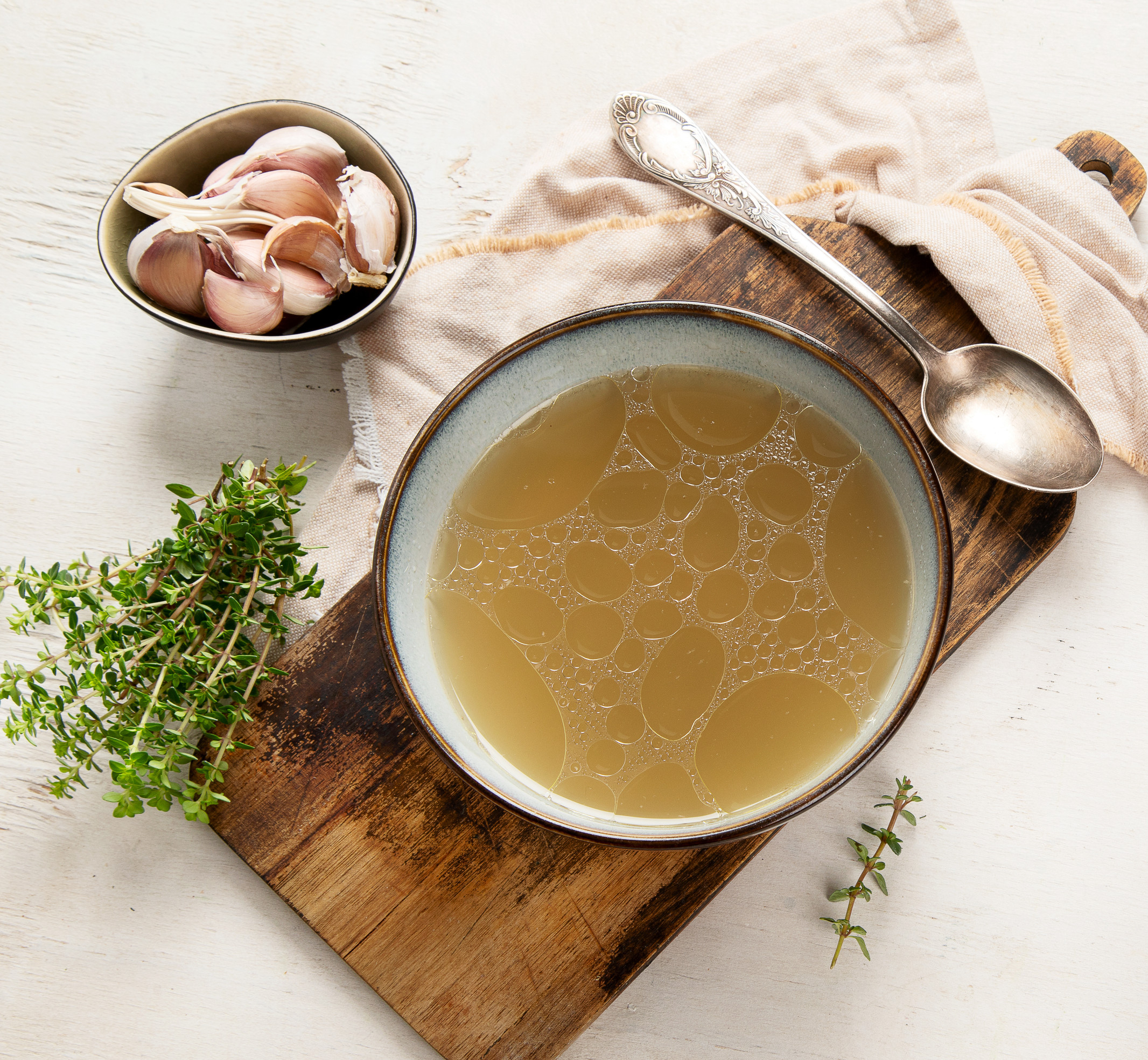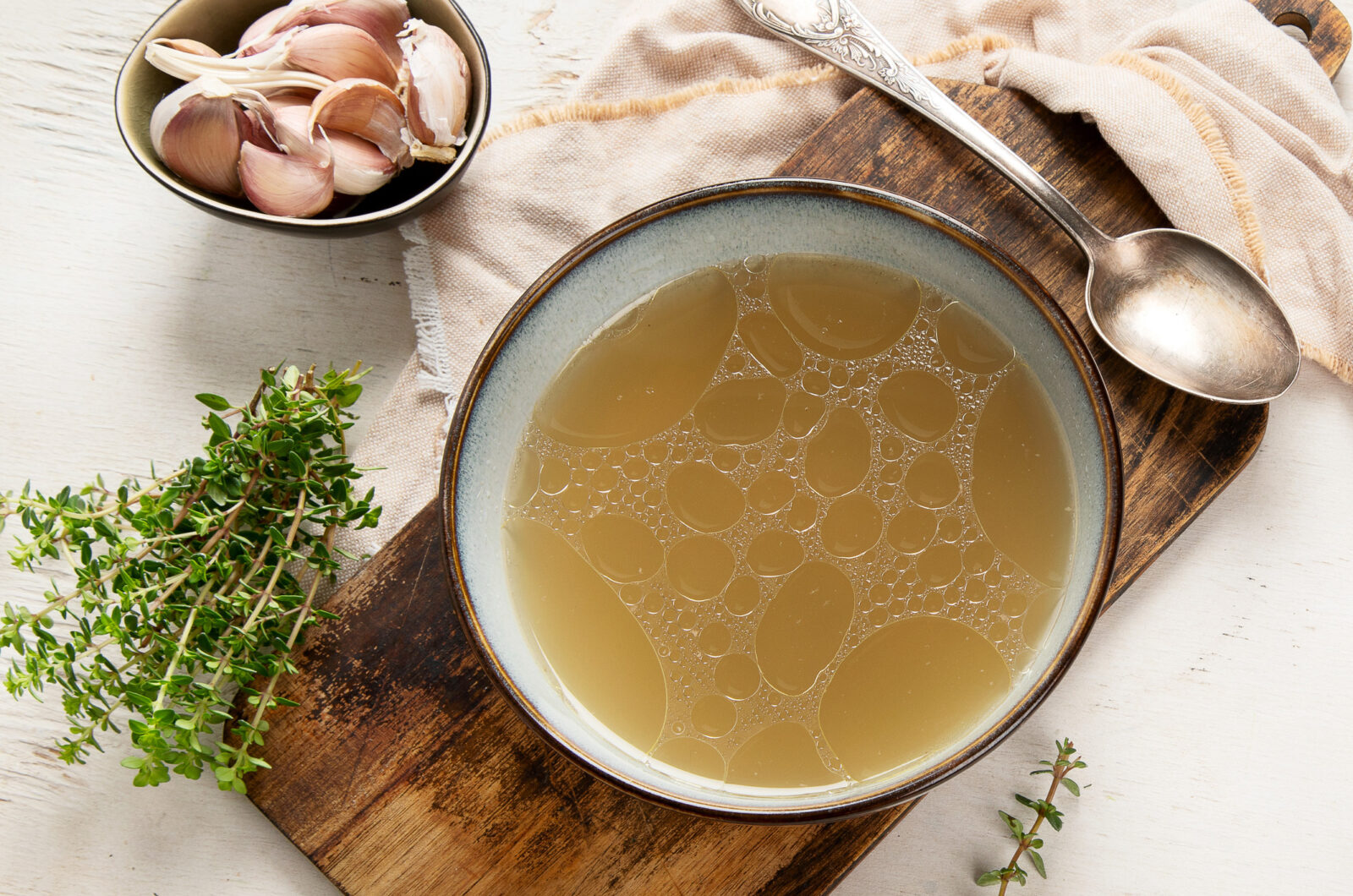Check this out!
There’s nothing better than having homemade chicken stock on your pantry shelf. It’s the flavorful foundation for countless recipes, and best of all—you control the ingredients and the salt. Unlike store-bought versions loaded with sodium and preservatives, this chicken stock canning recipe delivers pure, wholesome flavor from your kitchen to your table.
(I sometimes use affiliate links in my content. This will not cost you anything but it helps me offset my costs to keep creating new canning recipes. Thank you for your support.)
By Diane Devereaux | The Canning Diva®
Last updated: October 8, 2025
Why Homemade Chicken Stock Is Worth It
There is nothing better than having homemade stock on your pantry shelf. It truly is the starter for so many recipes. Best part, you control the ingredients – and the salt content. Especially for those of you who must watch your salt intake. A staple in kitchens for generations, known for transforming ordinary recipes into something special. Whether you’re making soup, risotto, or sauces, the difference between store-bought and homemade is undeniable.
Commercially canned stocks often contain high sodium levels, flavor enhancers, and preservatives to extend shelf life. When you make chicken stock yourself, you control every ingredient—from the salt content to the freshness of the herbs. The result is a clean, nutrient-rich stock that enhances flavor and supports healthy eating.
Canning your chicken stock takes the convenience one step further. Pressure canning ensures shelf stability while locking in that freshly made taste. It’s a satisfying way to fill your pantry with jars of golden, flavorful stock you can trust and enjoy all year long.
Chicken Stock Canning Recipe
This homemade chicken stock canning recipe creates a flavorful base for soups, stews, gravies, and sauces. Made from wholesome ingredients and pressure canned for long-term storage, it’s the perfect way to ensure you always have rich, sodium-controlled stock ready in your pantry.
Makes approx. 7 quarts or 14 pints
Ingredients
- 1 whole roasting chickens, cut up into manageable sized pieces
- 16 quarts water (64 cups)
- 8 whole bay leaves
- 3 celery stalks
- 3 whole carrots, peeled
- 2 medium onions, quartered

- 4-8 garlic cloves, whole
- 2 fresh parsley stalks, or any fresh herbs of your choice
- 10-12 whole black peppercorns
- 1 tablespoon salt, optional
- 1 tablespoon apple cider vinegar, optional
Instructions
- Add all ingredients, into a large stainless steel stock pot and bring to a boil over medium-high heat, stirring every so often. Reduce heat and simmer, uncovered, for 2 to 4 hours.
- Using a slotted spoon and/or thongs, remove chicken and vegetables. Discard the herbs and vegetables and reserve the chicken for another use. Skim foam and discard, or simply mix it back into the stock. It is up to your personal preference.
- Over a cheesecloth lined stock pot (or stainless steel sieve) carefully strain the stock. TIP: I drape the cheesecloth over a smaller stock pot and fasten it using clothes pins and pour very slowly. It may not be real fancy, but, hey, it gets the job done.
- If you prefer to control some of the fat content in your stock, you may do so. If you prefer to keep the stock as is, skip to the next step. To remove some of the fat after the stock has been strained, let the stock sit and cool completely. The chicken fat will solidify at the top of the stock pot, simply remove the fat and return stock to a quick boil.
- Ladle hot stock into hot jars. Wipe each rim using a warm wash cloth dipped in vinegar – vinegar cuts the grease and sanitizes the rim. Add lids and rings and hand tighten.
- Process in a pressure canner at 10 pounds of pressure, or according to your elevation. Pints process for 20 minutes and quarts process for 25 minutes. Once your canner has reached zero pounds of presser, remove the canner lid and let the jars rest for 5 minutes before removing the jars from the canner to avoid liquid siphoning.
People Often Ask
A: Roast the chicken pieces and vegetables before simmering. This caramelizes the ingredients and adds depth and color to your final stock.
A: Yes. You can use chicken carcasses or leftover bones from roasted chicken. They create a slightly lighter stock but still provide wonderful flavor.
A: Absolutely. Add onion peels, carrot ends, and herb stems for additional flavor and sustainability. Just be sure they’re clean and free from decay.
A: A small amount of apple cider vinegar helps draw minerals and collagen from the bones, enriching your stock with extra nutrients and depth of flavor. The vinegar becomes neutral during simmering, so it won’t make the stock taste sour—just more wholesome and balanced.
About the Author:
Diane Devereaux, The Canning Diva®, is an internationally recognized food preservation expert, author, and educator with over 30 years of home canning experience. She’s the author of multiple top-selling canning books and teaches workshops across the U.S. Learn more at TheCanningDiva.com.



